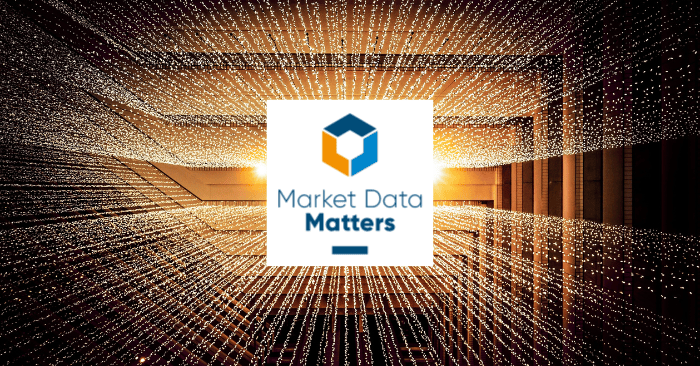Be sure to watch the webinar recording, below!
That number would have looked very different even a decade ago.
The shift from print to digital has brought obvious gains: speed, convenience and broader access. But it’s also made it harder to manage… and increasingly expensive to ignore.
The pressure is building – and it's coming from all sides
The data speaks for itself:
- In the early 2000s, 70% of legal research was print-based. By 2021, that number had dropped to just 12%.
- Our poll confirmed the shift, with over half of firms saying more than 85% of their legal research is digitized.
- At the same time, the financial model underpinning research access has flipped. In 2008, firms passed through over 80% of costs to clients. Today, it’s less than 10%.
So, while access has improved, recoverability has plummeted, and costs continue to climb.
- Annual price increases averaging 10%, particularly across large content vendors.
- Bundled ‘value-add’ features users didn’t ask for, especially AI tools and platforms.
- No clear path to recoup these costs, as client chargebacks continue to decline.
In fact, in another live poll during the session, 80% of firms said they’ve already experienced or expect to face price hikes tied to AI licensing components.
This isn’t just a budgeting headache. Firms are paying more, recovering less and have less control over how tools are used. It’s not just about cost containment, it’s about governance.
New tools, new risks
AI is accelerating these challenges. More vendors are embedding AI assistants into research platforms. And while these tools have potential, they also come with price tags, data privacy concerns and ethical considerations, especially when client confidentiality is at stake.
At the same time, usage-based models are more complex than ever. One wrong click can trigger out-of-contract charges. A well-meaning user can unknowingly subscribe to a new tool or rack up download costs without visibility or approval.

This is where our ResearchMonitor's new Guard functionality comes in
To help firms tackle these challenges, we developed Guard – a module within ResearchMonitor that gives firms real-time, point-of-use control over how online resources are accessed. (Not familiar with Research Monitor? It’s our technology that gives firms a centralized way to track usage of online market data, research and SaaS subscriptions.)
With Guard, you can:
- Block or warn before unapproved actions occur
- Set thresholds to control high-volume usage
- Redirect users to approved alternatives or internal request tools
- Enforce firm-wide AI usage policies with clarity and consistency
- Track activity and blocked attempts to demonstrate value
It’s vendor-agnostic, highly configurable and designed to work across your firm – from interns to partners, from legacy databases to new-gen AI tools.
A more intentional way to manage research
Every law firm we speak with is trying to walk the same line: empowering people with the tools they need, while staying in control of cost and compliance. That balance is only getting harder to strike as content becomes more dynamic and AI more embedded.
Firms need better decisions at the point of use. That’s what Guard delivers: the ability to protect your firm from unnecessary spend, manage risk and support better digital habits, without slowing anyone down.
Watch the Webinar Recording Now:
Mastering Employee AI & Web Usage
Want to learn more?
If these challenges sound familiar, we’d love to talk. Every firm is facing this in some form. With ResearchMonitor's Guard, there’s a smarter way forward.





